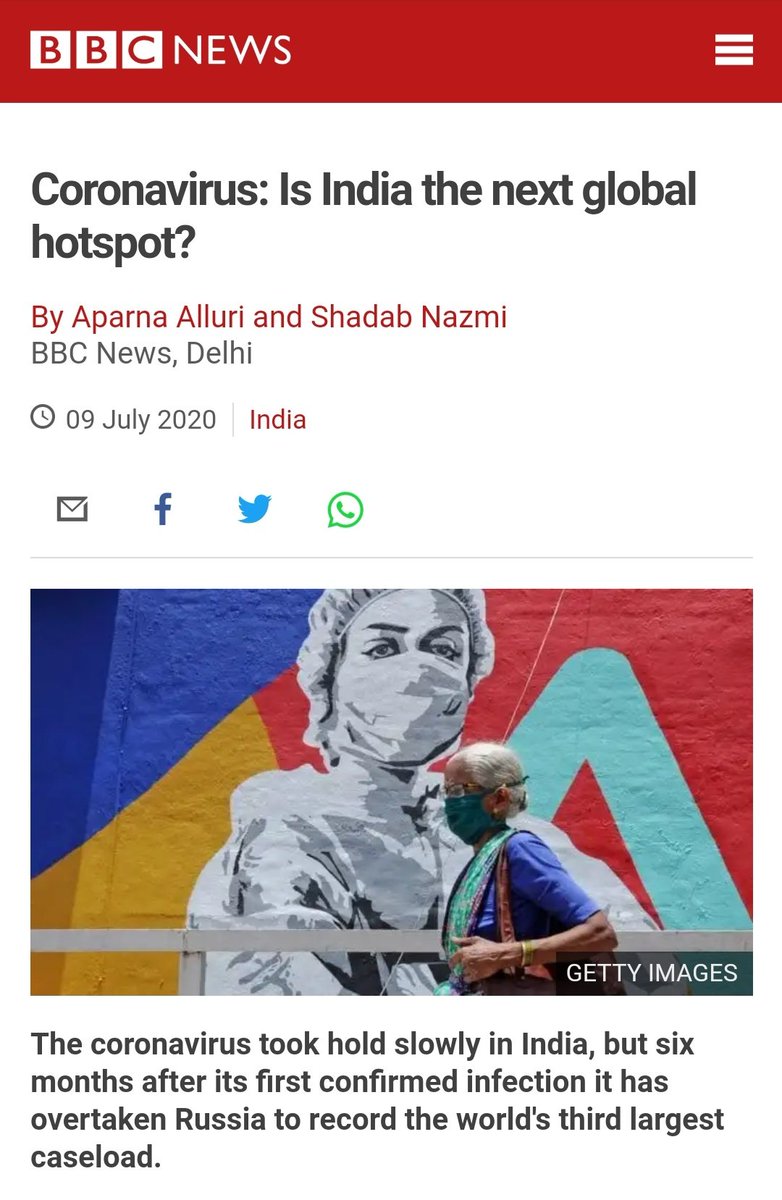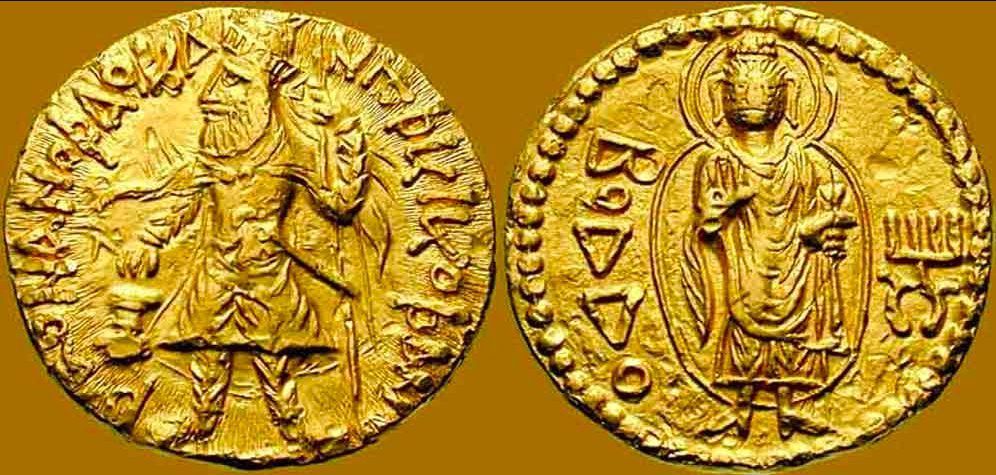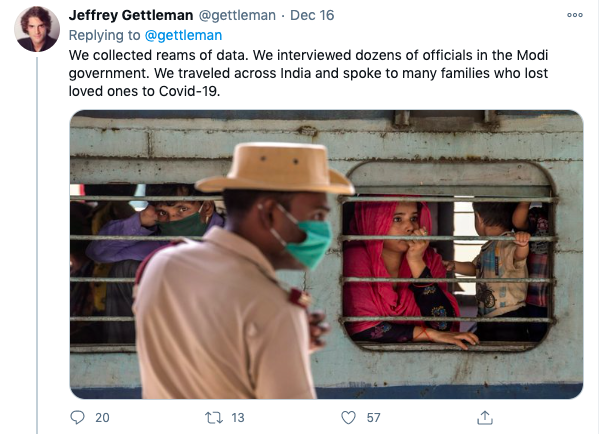
A lot of Western Ideas prevail in modern India today. There was however a time when the Indians taught other countries how to run their business & possibly how to run a country.
Here is an #IndicThread on links between SSC & Dilmun.
Here is an #IndicThread on links between SSC & Dilmun.

Dilmun was an ancient culture located in modern day Bahrain. It acted as a trade intermediary between the SSC & Mesopotamia.
The early period of Dilmun (before 2000 BCE) is believed to be a tribal set up. They however did business with both SSC & Mesopotamia.
The early period of Dilmun (before 2000 BCE) is believed to be a tribal set up. They however did business with both SSC & Mesopotamia.

The Akkadians have recorded ships from Meluha & Dilmun docking in their ports. Like at any other place of business the people from SSC formed trading colonies in Dilmun. With them they brought their weights and seals.
The trade settlement became permanent & eventually the people got assimilated in the local culture. The seals they brought with them also became part of Dilmun trade. The earliest evidence of Indus like seals come from 2050 BCE. These were circular & had Indus writing on them. 

The Indus like seals or Gulf type seals have been found as far away as Iraq, Iran and even in India, suggesting the reach of Dilmun trade.
The weights too got adopted into the Dilmun society. Apart from the cuboid weights similar to SSC there were spherical weights with exact ratio as that of the SSC weights. This system came to be known as the Dilmun Standard in Mesopotamia.
Around the time the first circular seals appear in Dilmun, we also see the rise of fortification. City walls started appearing & so did royal burials (image). This was a transition from a tribal to a State kind of administration. Did the Indians help in creation of royalty? 

The SSC people who settled in Dilmun are said to be a 'break away faction' or even migrants looking to establish a new society, however there is no hard evidence to support either.
It is more likely that they were traders who eventually settled & mixed with local population.
It is more likely that they were traders who eventually settled & mixed with local population.
We have similar example in Southeast Asia where the Indian traders settled in and established Indianised kingdoms.
• • •
Missing some Tweet in this thread? You can try to
force a refresh




















